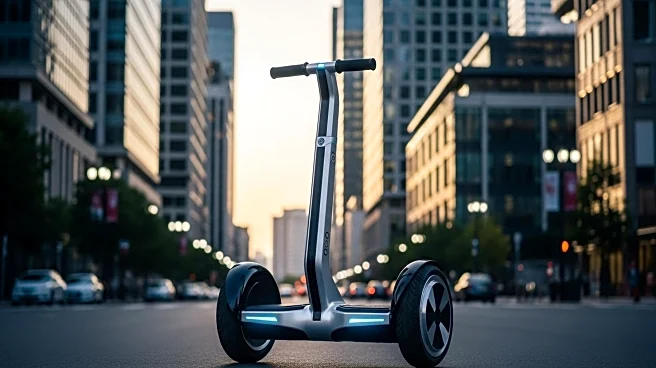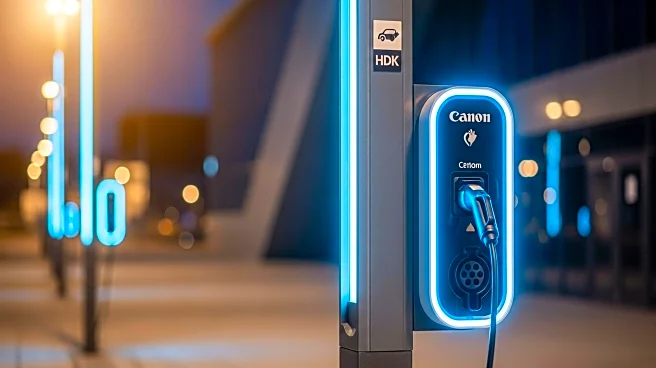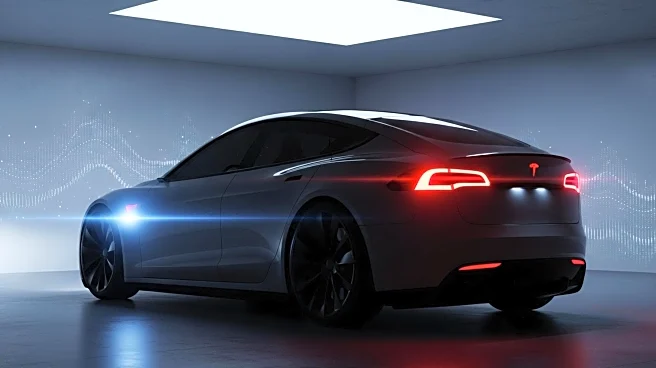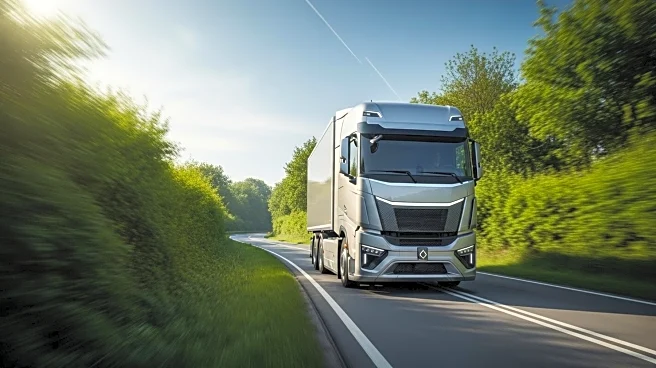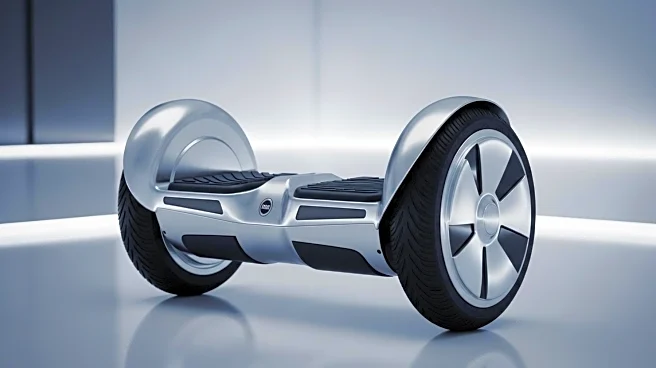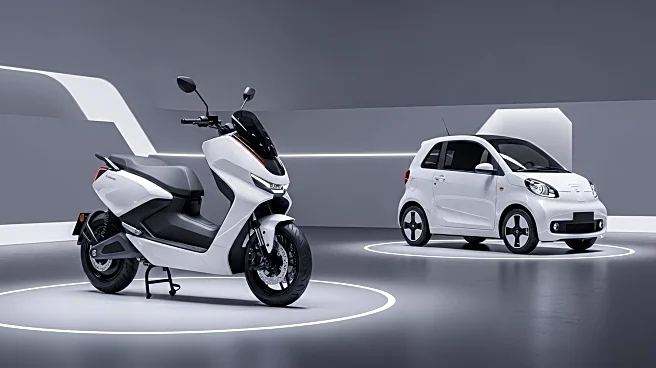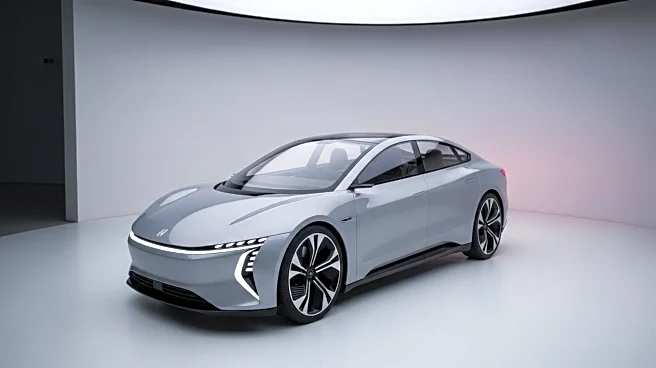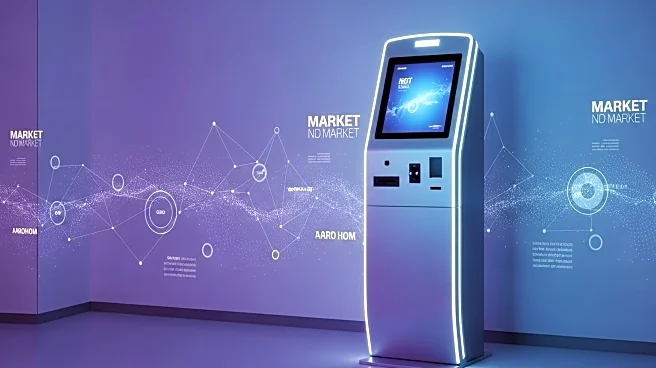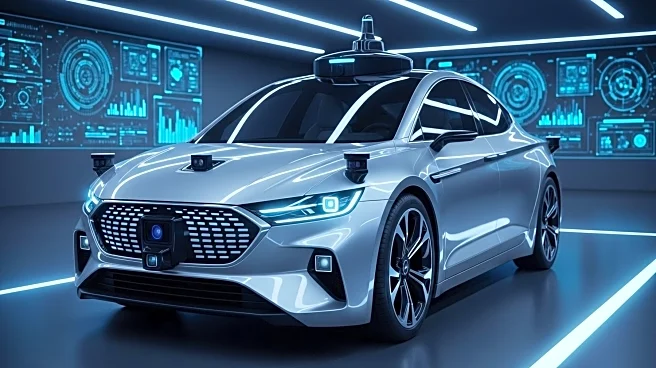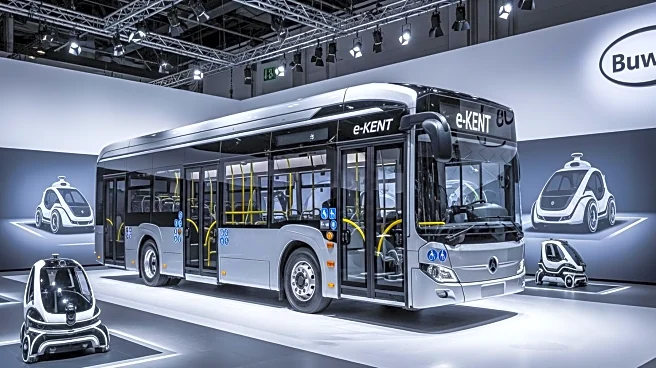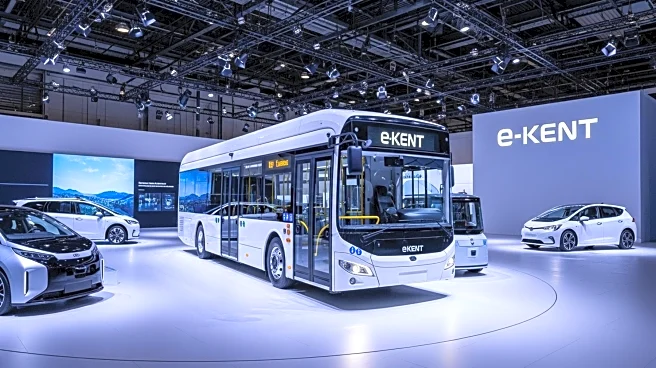What is the story about?
What's Happening?
The global self-balancing scooter market is anticipated to grow significantly, expanding from USD 2.5 billion in 2025 to USD 12.2 billion by 2035. This growth is driven by a compound annual growth rate (CAGR) of 17.1%. As urban areas worldwide evolve into smarter and more connected environments, self-balancing scooters, often referred to as hoverboards or Segways, are becoming integral to the new urban mobility landscape. These scooters are gaining popularity due to their compact size, energy efficiency, and technological integration, making them a preferred choice for eco-conscious urban commuters. The market's expansion is fueled by rising consumer demand for personal transportation, technological advancements, and a global push towards sustainable urban development.
Why It's Important?
The projected growth of the self-balancing scooter market highlights a significant shift in urban transportation preferences, emphasizing sustainability and technological innovation. This trend presents substantial opportunities for manufacturers to diversify their product offerings and tap into green technology markets. As cities aim to reduce carbon emissions and enhance energy efficiency, self-balancing scooters align with international goals for carbon neutrality. The market's expansion also reflects broader societal shifts towards eco-friendly transportation solutions, potentially reducing urban congestion and promoting last-mile connectivity. Manufacturers that innovate in battery technology and safety features stand to gain a competitive edge in this rapidly evolving market.
What's Next?
The future of the self-balancing scooter industry is closely linked to the development of smart cities and shared mobility services. Manufacturers are expected to form partnerships with municipal bodies and transport agencies to expand public charging infrastructure and integrate digital payment systems. As these scooters become part of a connected mobility network, they are likely to be incorporated into mobility-as-a-service (MaaS) platforms, offering seamless booking, navigation, and payment options. The industry's growth will also depend on addressing safety concerns and regulatory challenges, with manufacturers focusing on advanced battery management systems and improved safety mechanisms.
Beyond the Headlines
The rise of self-balancing scooters could lead to broader cultural and environmental impacts, promoting a shift towards more sustainable urban living. As these scooters become more prevalent, they may influence urban planning and infrastructure development, encouraging cities to invest in green transport solutions. Additionally, the integration of AI and IoT technologies in these scooters could spur further innovation in personal transportation, potentially leading to new business models and services. The industry's growth also underscores the importance of regulatory frameworks that balance innovation with safety and consumer protection.
AI Generated Content
Do you find this article useful?
